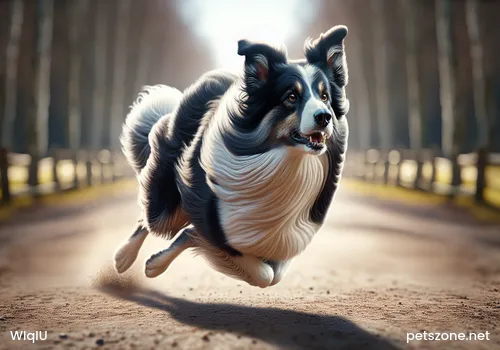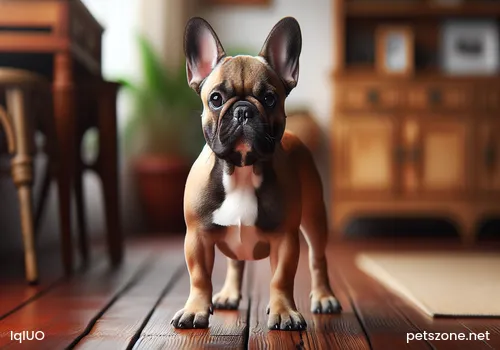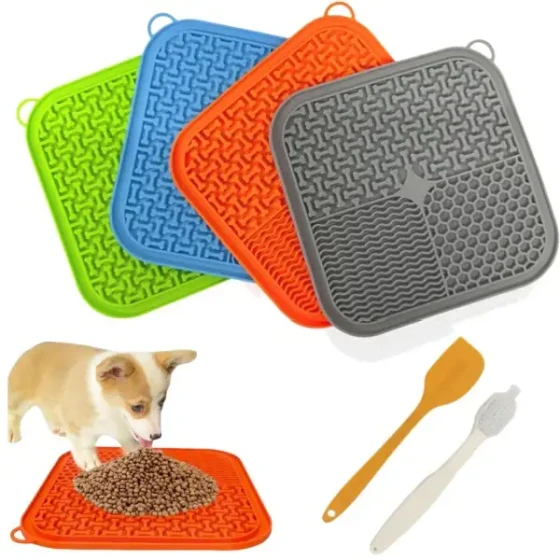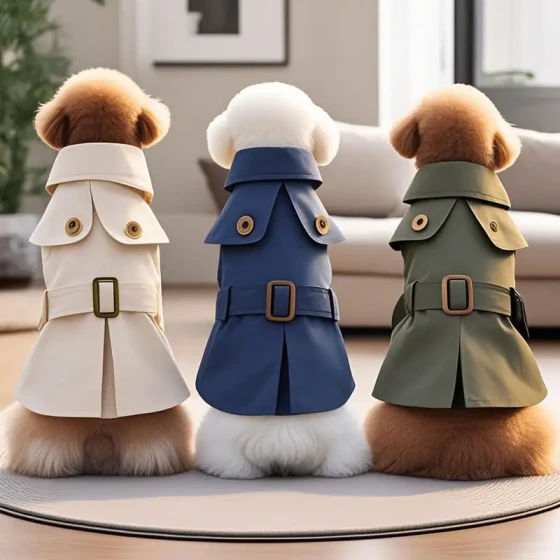How many types of Alaskan are there

Alaskan Malamute (Detailed Introduction)
Alaskan Malamutes (Detailed Introduction) live in polar regions; however, even polar regions have several different landforms, and the temperatures in these environments vary significantly. Therefore, Alaskan Malamutes living in different landforms exhibit certain differences in characteristics. So, the Alaskans we usually see vary in appearance and coat, which does not mean the dog’s breed purity is compromised; rather, they likely originate from different terrain areas.
Alaskan Malamutes that have lived long-term in various regions show significant differences. The coat of Alaskans from the icefield zone tends to be shorter, more similar to Huskies. Alaskans from the tundra and coniferous forest zones have relatively longer coats. One might think that longer hair means better cold resistance and shorter hair weaker cold resistance, but this is incorrect. Some mistakenly think that Alaskans in the icefield zone should have long hair while those in the tundra should have short hair, but it is quite the opposite. By analyzing Alaskan and Husky fur, we find many short undercoats around the stiff guard hairs, which effectively keep warmth. Importantly, long-haired Alaskans struggle to move under strong polar winds, while short undercoats reduce wind pressure aerodynamically and facilitate movement. Looking at working dogs in the Arctic and Antarctic circles, almost none have long hair, so dogs in colder regions do not necessarily have longer coats.
The main factor for dogs’ cold resistance is their subcutaneous fat. Without a fat insulating layer, no matter how long the coat is, it won’t help. Thus, long-haired Alaskans are not necessarily more cold-resistant than short-haired ones. Additionally, Alaskans are divided into Korean and American lines. Currently, the best Alaskans are those owned by indigenous people with only about a 3% genetic difference compared to the original genes. Next are those from Russia’s Siberian Khabarovsk region, differing by less than 4%. North American Alaskans from Canada and the USA differ by 8% to 17%. Korean Alaskans show a difference of 11% to 33%.

Short-Haired Alaskan
There is a misunderstanding about Korean-style Alaskans domestically. Because of early breeders’ incorrect guidance, many people in the domestic market do not know what the original, natural Alaskan looks like. We used to think long hair, black-cross markings, or peach face were the true Alaskan. Later, with growing popularity, more people became aware of American Alaskans and the difference between long hard hair and long soft hair. Korean Alaskans, due to their beautiful appearance, have even been widely imported into North America, making the Korean line a successful breed. Although it differs somewhat from the original Alaskans, it better fits current aesthetic standards.
Alaskans indeed have long and short hair varieties; however, the so-called short hair is relative. Compared to truly short-haired dogs, their coats are still quite long. This is due to differences in their original living environments. Therefore, seeing an Alaskan whose coat is not very long does not necessarily mean the breed is impure.





